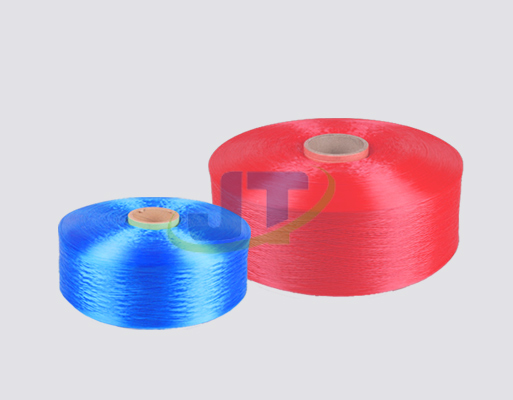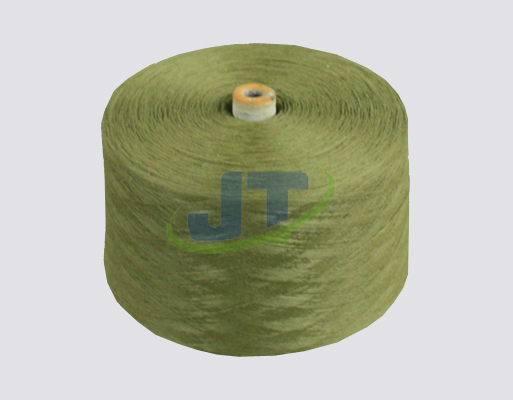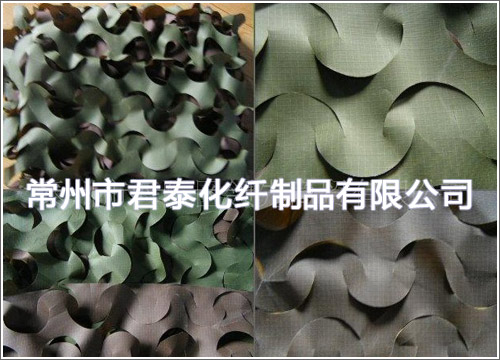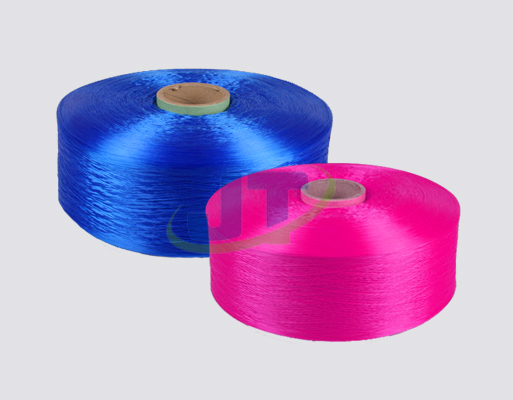

- Tel:0086-519-83783531
- cel:0086-13961177625
- E-mail:jianglijing1022@126.com
- add:cheng zhang Jia zeTown Wujin District, Changzhou City, Jiangsu Province
There are many types of chemical fibers used in textiles. Polypropylene FDY yarn is one of them. What material is it made of? How is it different from traditional chemical fibers? Let's take a look at the jacket materials it uses.
The varieties of polypropylene fibers include filaments, including undeformed filaments and bulky textured filaments, short fibers, bristles, split membrane fibers, hollow fibers, special-shaped fibers, various composite fibers and non-woven fabrics. The main purpose is to make carpets (including carpet base cloth and suede), decorative cloth, furniture cloth, various ropes, strips, fishing nets, linoleum, construction reinforcement materials, packaging materials and industrial cloths, such as filter cloth and bag cloth Wait. In addition, polypropylene FDY yarn is increasingly widely used in clothing. It can be blended with various fibers to make different types of blended fabrics. After knitting, it can be made into shirts, outerwear, sportswear, socks, etc. The quilt made of polypropylene hollow fiber is light, warm and elastic. Polypropylene industrial filter cloth Polypropylene does not contain chemical groups that can bind to dyes in the macromolecular structure, so it is difficult to dye. The scientific name is polypropylene fiber. It melts near the flame and is flammable. It burns slowly and emits black smoke from the fire. The upper end of the flame is yellow and the lower end is blue, emitting a smell of petroleum. . Usually the melt coloring method is used to uniformly mix the pigment preparation and the polypropylene polymer in a screw extruder, and the colored fiber obtained by melt spinning has high color fastness. Another method is to copolymerize or graft copolymerize with acrylic acid, acrylonitrile, vinyl pyridine, etc., to introduce polar groups that can be combined with dyes on the polymer macromolecules, and then directly dye with conventional methods. In the process of polypropylene production, various additives are often added to improve dyeability, light resistance and flame resistance.
- Let's take a look at the diversi
- China is directly facing the imp
- What are the core advantages of
- In November, the decline in Chin
- What is the value of Polypropyle
- The 2025 Textile Industry Discip
- The core performance advantages
- Black Friday is becoming a perfo
- Why has polypropylene high-stren
- The global trade landscape is un




